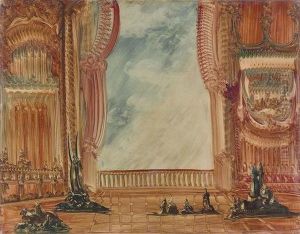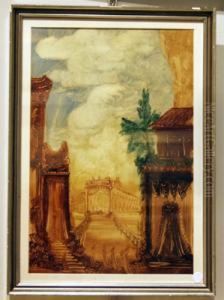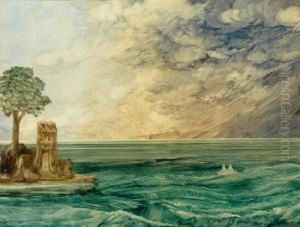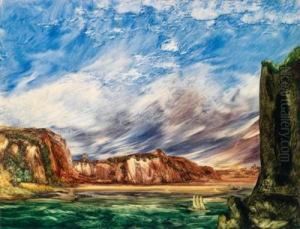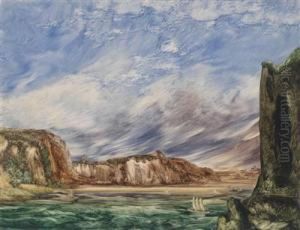Heinrich Nusslein Paintings
Heinrich Nusslein was a German artist noted for his landscape and architectural paintings. Born on December 31, 1879, in Nuremberg, Germany, Nusslein was a part of the art movement in Germany that bridged the late 19th and early 20th centuries. His work was primarily rooted in the traditions of realism, and he was known for his meticulous attention to detail and his ability to capture the essence of the subjects he painted.
Nusslein's early education in art began at the School of Applied Arts in Nuremberg, where he developed a solid foundation in drawing and painting techniques. He later continued his studies at the Academy of Fine Arts in Munich, which was one of the most prominent art schools in Germany at the time. The education he received there allowed him to refine his skills and begin to establish his own artistic style.
Throughout his career, Nusslein was an active participant in the German art scene. He exhibited his works at various art shows and was a member of several art associations. His paintings often depicted the landscapes of his native Bavaria, as well as scenes from his travels throughout Europe. Nusslein was adept at capturing different lighting conditions and the changing seasons, which added a dynamic quality to his landscapes.
Though Nusslein's work was well regarded during his lifetime, he did not achieve the same level of fame as some of his contemporaries. Nevertheless, his paintings are considered valuable examples of early 20th-century German landscape painting. Heinrich Nusslein's dedication to his craft continued throughout his life, and he remained active in the art community until his death on February 17, 1947, in Munich. Today, his works are held in various private collections and museums, appreciated for their contribution to the rich tapestry of German art history.
